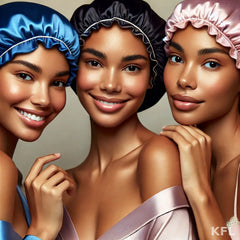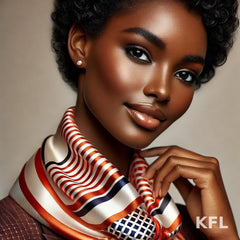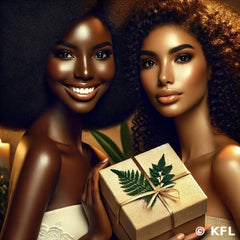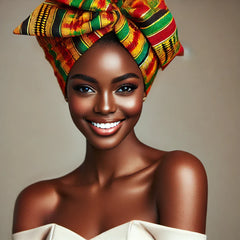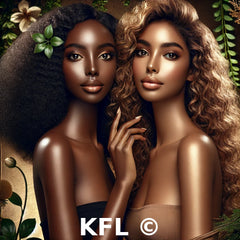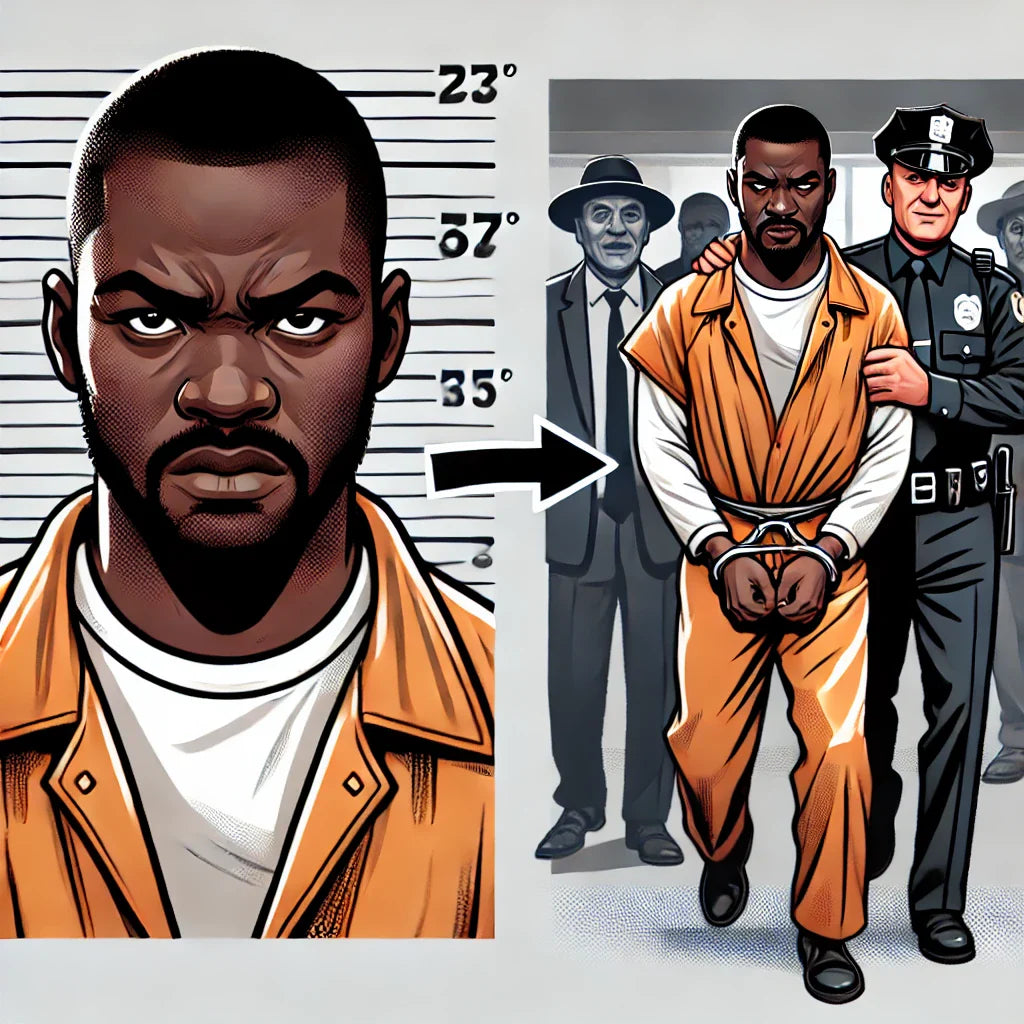
Cinema and Racist Stereotypes: Why the Roles of Black Women and Men Remain Trapped in Discriminatory Boxes
Share Label
1. French Cinema: The Stereotyped Roles of Black Women
French films have long marginalized Black actors, and the roles they are given often fall into racist and degrading stereotypes. For example, Black women are frequently cast in hypersexualized or degrading roles, such as prostitutes or nannies for white children, which reflects the racist prejudices inherited from slavery and colonization. This racist portrayal of Black women has been fueled by depictions in films like Gone with the Wind by Victor Fleming. In this film, Black characters are portrayed as secondary figures, reduced to the roles of slaves or nannies. These roles reinforce colonial-era stereotypes, where the Black woman was often seen as being there to serve white people.
2. The Stereotype of Black Men in Cinema: The "Thief," "Criminal," and "Outcast" Roles
In Western cinema, Black men are often confined to roles of criminals, thieves, delinquents, or marginalized individuals. This stereotype is rooted in a long history of racist representation, where Black men are seen as a threat to white society. In some films, the Black man is depicted as violent, incapable of maintaining stable relationships, and neglected by society. Films like The Intouchables, despite their popularity, reinforce these stereotypes, with Omar Sy playing a young, marginalized man from the suburbs with no future prospects, who meets a wealthy white disabled man. While the film achieved great success, it was criticized for its reductive portrayal of Black men and was even banned in American theaters for this reason.
3. Systemic Discrimination in the Distribution of Black Films in France
In France, cinema faces another form of discrimination: the censorship of films that feature too many Black characters. An emblematic example is the American film Think Like a Man. This film, which deals with romantic relationships and achieved immense international success, was rejected by French cinemas due to its predominantly Black cast. The excuse of "communitarianism" was used to justify the refusal of its screening, while films exclusively featuring white characters with similar themes are systematically accepted without hesitation. This paradox highlights the structural racism in the way films are selected for screening in France. This phenomenon shows how French society, although accepting films with a majority white cast, refuses to recognize productions where Black characters are equally represented, under the pretext that they would be "too communal."
4. The Paradox in Society: A Logic of Segregation in Popular Culture
Cinema and popular films are key elements of culture that influence social perceptions. If white society, and particularly the film industry, continues to promote an exclusive image of white people and reduce Black people to marginalized roles, it is because this fits a racist logic and an economic model where white actors are seen as more "universal" and less likely to disrupt the status quo. However, the irony is that romantic films and mainstream productions featuring white couples are constantly produced and widely distributed without question, while love stories involving Black people are marginalized.
5. Conclusion: The Need for a Revolution in the Representation of Black People in Cinema
The film and entertainment industries must break this cycle of reductive and stereotypical representations. Black women and men deserve to be represented in all their complexity and diversity, not as stereotypes of white society. It is high time that cultural industries recognize the talents, diversity, and history of Black communities. By creating spaces for Black heroines, powerful Black female roles, and varied Black figures, the film industry could initiate a true cultural change to break the chains of racism and colorism.


